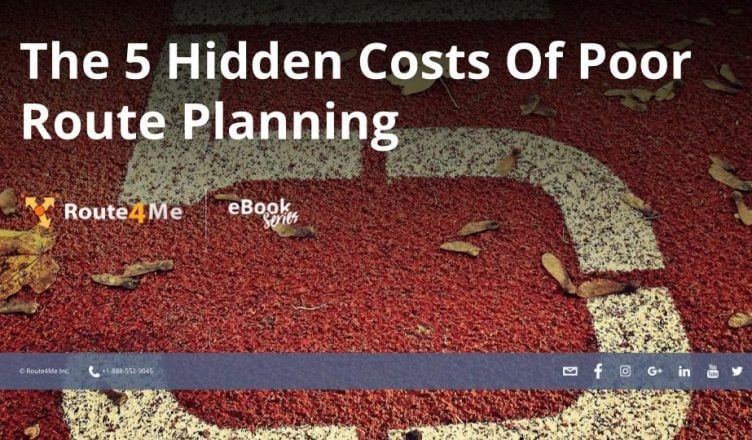Manual Route Planning Is Bad Route Planning
Route planning is complicated.
In addition to figuring out which roads your drivers need to take to get to your customers, you also need to account for traffic, construction, weather, customer availability, and many other factors.
It’s highly unlikely that you’ll be able to design 100% accurate and optimized routes on your own. This is just too much information for an individual to comprehend. Without the help of software, the routes you plan won’t be optimized, which will cost you in several different ways…
#1: More Fuel Usage
One of the most obvious consequences of poor route planning is that it’ll make you spend more money on gas than you need to.
#2: Reckless Driving
Here’s another expense to consider: with inefficient routes, your drivers might need to speed in order to make it to every stop on time.
Reckless driving puts your driver at risk of getting a ticket or getting into an accident. Either one of those outcomes will cost you a good chunk of change.
#3: Higher Payroll Expenses
Payroll is one of your biggest expenses, right?
Poorly planned routes will slow your drivers down. They won’t be using the most efficient routes possible. They might even run into obstacles, such as roads closed for construction.
When your drivers are delayed by such obstacles, they may need to log overtime hours to get all their work done. That’ll really cost you.
#4: Bad Driver Behavior
Drivers are almost always unsupervised. They might be taking unsanctioned breaks or even stopping for snacks while they’re on the clock. You can’t see them, so how do you know?
#5: Customer Dissatisfaction
A less direct – but incredibly harmful – consequence of poor route planning is that it upsets your customers.
If you can’t manage to show up on time consistently, your customers will leave you for one of your competitors.
